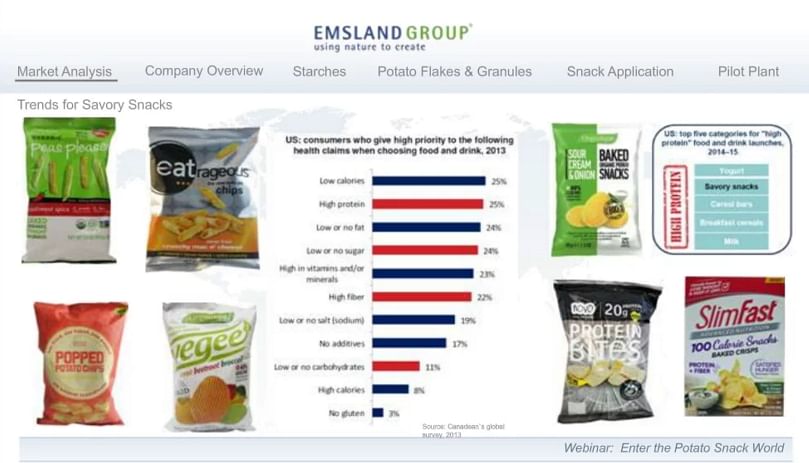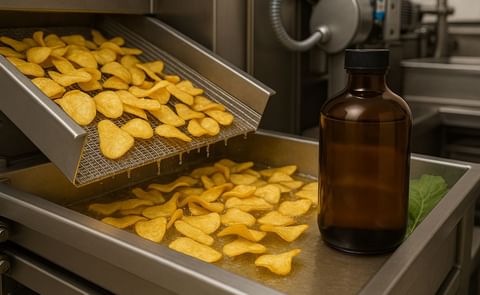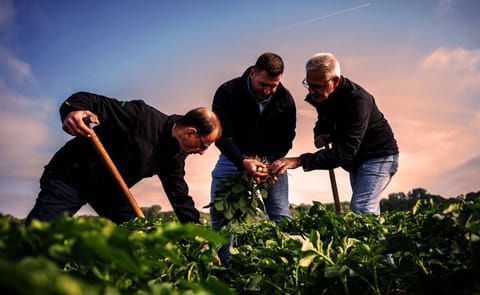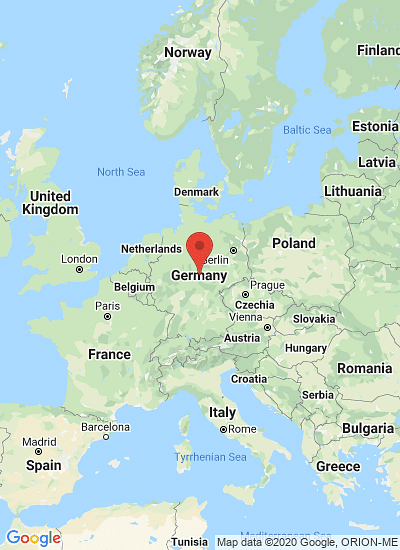The snacking market has always been quite innovative in terms of targeting new occasions and adopting creative flavors. While smaller producers are tending to focus on premium and super-premium products, often with unusual flavors and ingredients, the major snack companies are focused more on building their existing brands, often developing a wider range of stronger and more complex flavors, as well as using new ingredients and formats and targeting new usage occasions.
As Germany's largest producer of potato starch Emsland creates innovative and future-oriented quality products for the whole snack industry.
During a webinar broadcast last week, Martina Hermann, Research & Development Dep. Head Food Department Emsland Group said:
“It depends on the equipment, the use of different kind of formulations, flakes, bring different levels of in formulations and of course what kind of product you use and what texture you are looking to achieve. The use of different kinds of flakes, brings different levels of free starch in the formulation and this leads to different behavior in snacking produce.”Hermann noted that potato is a versatile, carbohydrate-rich food highly popular worldwide and prepared and served in a variety of ways. Freshly harvested, it contains about 80 percent water and 20 percent dry matter. About 60 to 80 percent of the dry matter is starch. On a dry weight basis, the protein content of potato is similar to that of cereals and is very high in comparison with other roots and tubers.
In addition, the potato is low in fat. Potatoes are rich in several micronutrients, especially vitamin C - eaten with its skin, a single medium sized potato of 150 g provides nearly half the daily adult requirement (100 mg).
The potato is a moderate source of iron, and its high vitamin C content promotes iron absorption. It is a good source of vitamins B1, B3 and B6 and minerals such as potassium, phosphorus and magnesium, and contains folate, pantothenic acid and riboflavin. Potatoes also contain dietary antioxidants, which may play a part in preventing diseases related to ageing, and dietary fiber, which benefits health.
Looking at current health trends the snacking category could be set to change, and Hermann says that fat, salt and sugar reduction are priorities in reformulations.
Martina Hermann:
“We are currently working on developing new formulations and in regards to new trends in the market, we are trialing different kinds of starches which can lead to developing new products, this gives us new opportunities for our customers.”Baked snacks are trending, as the use of this technology results in less fat and calories compared with deep-fried snacks. The requirements for baked snacks, include the need for the mixing of dry ingredients with water (moisture content appr. 30 %), building a dough-sheet with a 3- or 4-roller-system, reducing the thickness of the dough in 3-5 steps through top/bottom – rollers, stamp out the shape and baking in a continuous oven system (temperature profile is important).
“We can change the texture using different types of flakes and granules depending on the level of modification of starch you can change the expansion of crispiness by incorporating these things into your formulation.”
Emsland Group offers various products for baked snacks, including Empure AKJEL 100, which provides:
- High water binding
- Mass transport
- Uniform dough formation
- High elasticity
- Excellent crispy texture
- Excellent homogeneous expansion
- Excellent homogeneous shaping
- Good cutting properties
- Stickiness












